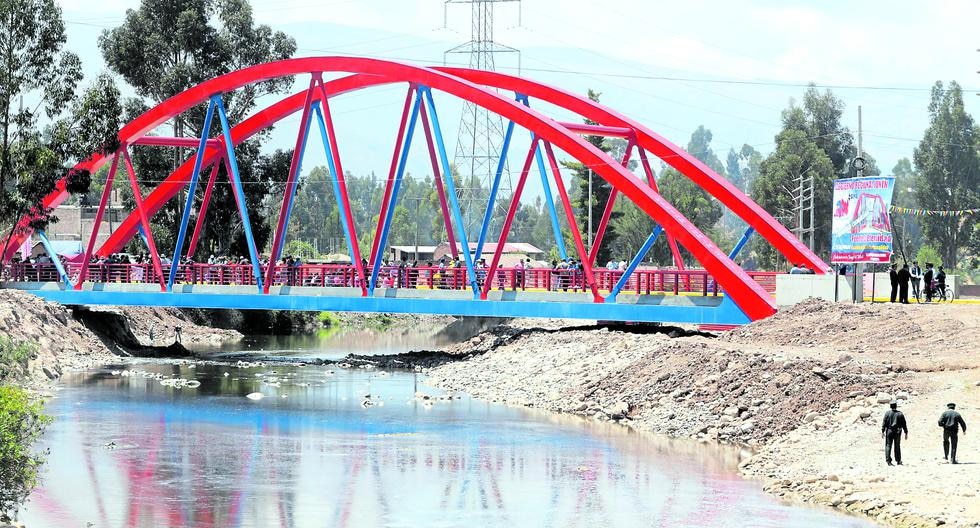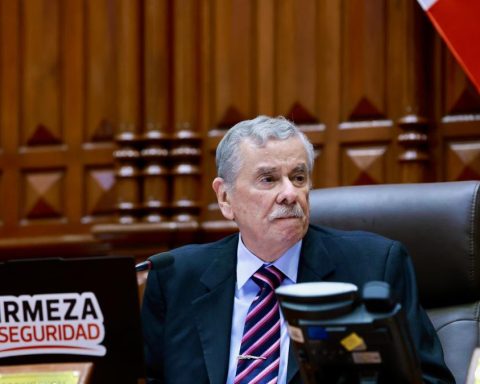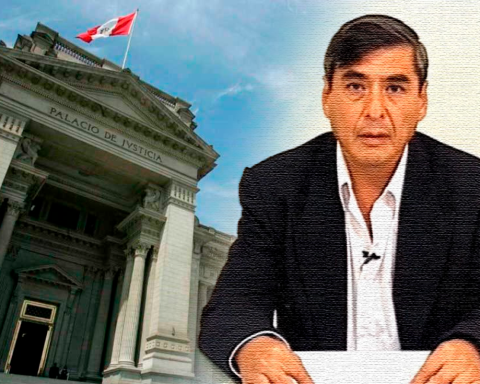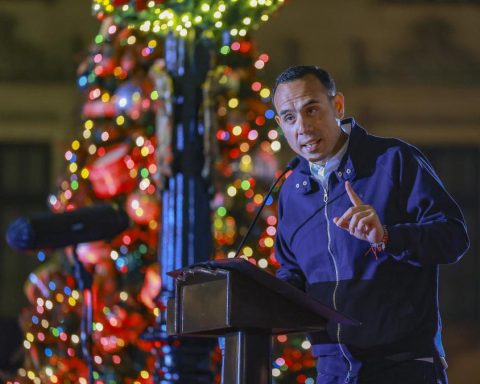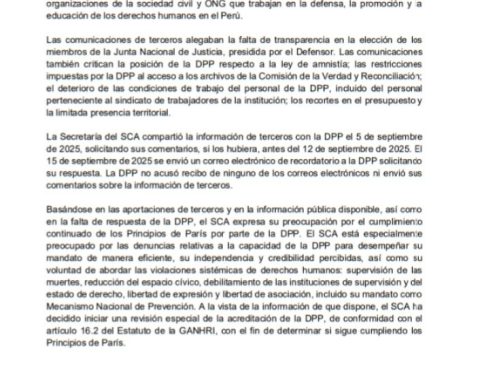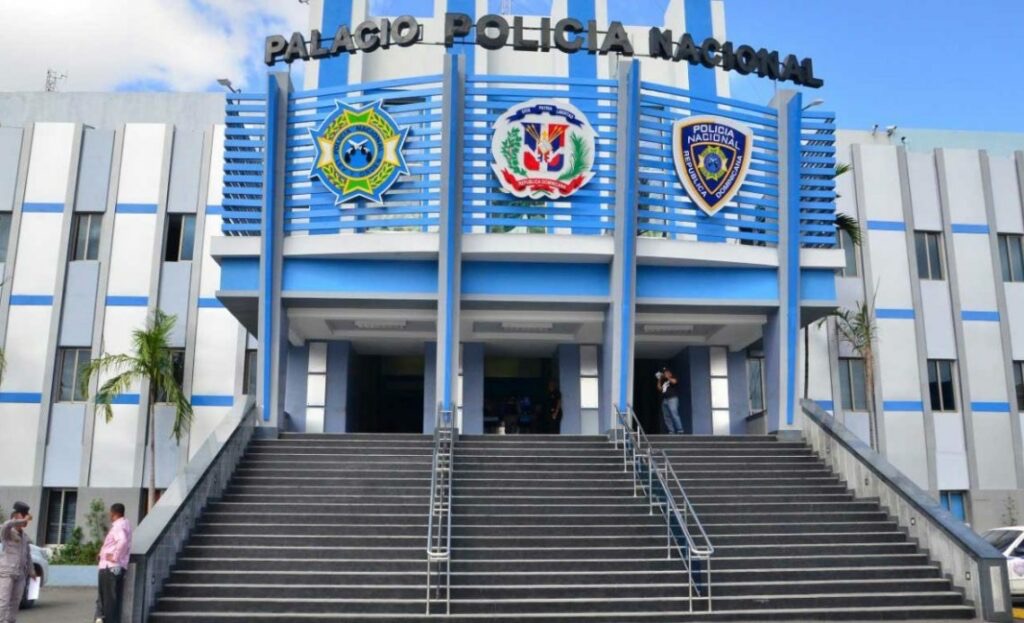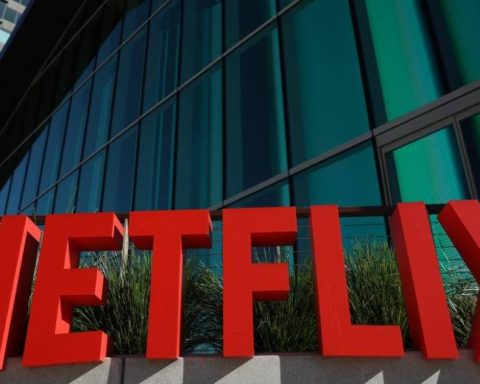For just over 10 years, the State does not manage to execute more than S / 35 billion to expand access and improve the quality of public services. This not only represents an economic or management problem for the authorities, but also a social problem and one of frustration for citizens, since they do not receive the benefits of the taxes they contribute or of the economic activities that generate income.
With the data available at the end of November, it can be seen that the budget for public investment shows an advance of 60%. The execution of 40% is pending, which is equivalent to S / 24,191 million.
The State executes S / 3.5 billion of the investment budget on a monthly basis, so to spend this S / 24 billion it would have to sixfold its monthly execution capacity, which is unfeasible.
According to estimates by the Taxpayers Association, at the rate of execution this year (7% per month), the execution of the public investment budget at the end of 2021 would be 65%, which implies returning 35% to the public treasury, about S / 20 billion. By government level, it would be local and regional governments that would return the largest proportion of their public investment budget, since as of November they had executed 52% and 57%, respectively.
According to the Private Competitiveness Council (CPC), each regional government would have had to unblock, on average, 90 projects with low execution in the last weeks of December to use all its resources. Local governments would end the year with a total of 1,776 paralyzed works, which are valued at S / 18 billion, which means that there is one work paralyzed per local government, on average.
By 2022, a change in strategy is required, which involves strengthening public spending management capacities, even before increasing it.
The PNIC presents only 15% progress
In addition to public investment projects at the local and regional level, there are projects of national scope, such as those contained in the National Plan for Infrastructure for Competitiveness (PNIC). Peru’s PNIC consists of 52 projects that should bring us closer to an adequate level of infrastructure and reduce the gap in access and quality of public services in Peru.
However, two years after their implementation, the 30 projects in the execution phase have invested S / 51,856 million and present an advance in the use of their resources of 35%. If the total number of projects (52) is considered, the progress is 15%.
According to the Private Competitiveness Council, at the rate of advance presented by the PNIC (an execution rate of 4% per year), the 52 projects would be completed in approximately 30 years. Meanwhile, the basic infrastructure gaps in our country remain (see table).
Public expenditure management must be improved
If the infrastructure gaps are translated into figures, according to estimates (such as the one made by the Universidad del Pacífico for the PNIC 2019), the investment necessary in the short term for the country to have access to basic infrastructure is S / 117,183 million (54 % of GDP).
This is equivalent to the amount of the public budget that has been returned in the last five years (S / 137,834 million). To reduce the country’s social gaps, it is not only a question of more resources but that their use is correct and efficient.
THIS VIDEO MAY INTEREST YOU
:quality(75)/cdn.jwplayer.com/v2/media/Lpwbpm2T/poster.jpg)
